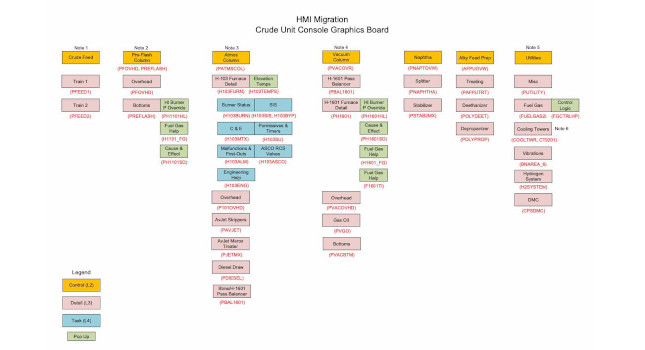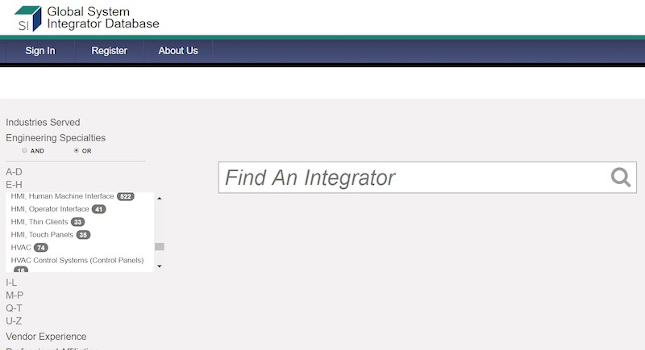Lean management is an adaptive system of continuous improvement of multiple, interconnected processes. The Lean process begins with setting goals that are directed by the company strategy. Gap analysis identifies the most critical business processes for meeting these goals. The organization then conducts business-process improvement and integrates people and process performance.
Lean management is an adaptive system of continuous improvement of multiple, interconnected processes. The Lean process begins with setting goals that are directed by the company strategy. Gap analysis identifies the most critical business processes for meeting these goals. The organization then conducts business-process improvement and integrates people and process performance. Finally, a post-project review is performed, and the cycle is repeated.
Lean manufacturing is a common vehicle for organizational transformation. It encourages disciplined action, clarifies the intuitive knowledge gained from experience, and puts an organization on the path to accelerated business results. Yet, industry reports and research indicate that Lean initiatives often fail to achieve the promised results.
Lean initiatives can produce FAT results-Financially triangulated results, which come at an Accelerated pace and are consistently Translatable across the organization — if you have a sound, rational process to guide implementation.
The Lean journey
Figure 1 depicts an organization’s “Lean Journey”: how Lean initiatives are implemented. The timeline of a Lean implementation is plotted across the horizontal axis. The vertical axis is a measure of process or business performance. The population curve of projects follows an S curve with cumulative stages of Lean success. Operations-improvement projects in a variety of industries in different geographies support this pattern.
At the bottom left of the curve is the “negative zone,” where Lean teams witness a temporary downturn in business performance as the processes around the targeted area within the organization adapt to change. However, within one business quarter performance usually goes back up. If not, the program needs serious review.
The majority of projects fall into the first zone of performance improvement. Processes in this zone tend to be managed in a reactive mode. However, as process execution matures to proactive management, process/business performance improves dramatically.
Assessing an organization’s maturity on the Lean curve and mapping operations-improvement initiatives on this chart can provide valuable insights. Continuing progress along the Lean maturity curve requires understanding of the dynamics of people vs. processes, reactive vs. proactive process management, and their interrelationships in Lean projects.
Reactive management
Organizations demonstrate reactive behavior when process improvement is a reaction to historical performance data.
In Figure 3, actual performance can be charted to show if it falls above or below the baseline. Any departure from the baseline, whether above or below, is a deviation. If performance is above the baseline, the root cause of the superior performance should be identified so it can be replicated to sustain the improvement. If performance is below the baseline, the gap or deviation in the process metric needs to be analyzed for root cause so that it can be removed and performance can get back on target.
We call this reactive management because attempts to remove or replicate a deviation that occurred in the past are being made as a reaction to those changes. This is the low-hanging fruit of performance improvement. An organization following this route can quickly ramp up its performance by making the upper level, the best demonstrated practice.
Gains of 15% to 20% in productivity, reductions in work-in-process inventories, and reduction in floor space and travel times are examples of the low-hanging fruit that well-executed reactive management of process performance can achieve in the early phases of an organization’s Lean journey.
Proactive management
Proactive management of processes generally begins in Phase II of a Lean program, in organizations where Lean principles have been embraced, and structured programs are in place.
At this point, the improvements from the phase I, or reactive phase, have helped create a new, improved baseline. In this stage, improvement teams work beyond the previous best demonstrated practice and move into uncharted territory.
In the reactive state, the team looked at cause and effect. In proactive mode, attention shifts to the “likely cause” and “likely effect.” Lean teams in this phase spend time shaping the future: looking for potential problems and opportunities and ways to avoid or exploit them.
In potential problem analysis, the team addresses the likely cause of a process performance decline by taking preventive actions. If, despite preventive actions, the likely cause does occur, the team is prepared for damage control with planned contingency actions.
Potential opportunity analysis helps teams explore the future for better-than-planned process performance, helping them promote the likely cause so process performance exceeds expectations. They take promoting actions to capitalize on the potential positive effect. When things do go better, they are prepared to take full advantage of the opportunity. Unfortunately, very few teams are proactive enough to exploit things that go better than planned.
A Lean team charged with improving flow time may focus on multiple likely approaches to reduce the work content on the critical path or to remove elements from it. Each approach can be analyzed for potential opportunities by identifying likely causes, taking promoting actions, and planning actions that will capitalize on process flow-time improvements.
Many Lean programs don’t achieve the steep gains expected of them because they are directed toward correcting problems rather than preventing them. Only when organizations begin to think proactively, creating and striving for new, higher standards, will Lean programs produce FAT results.
| Author Information |
| Arun Shukla, Kepner-Tregoe practice leader, is responsible for the implementation of the company’s systems improvement and workplace transformation products and services. Kepner-Tregoe, Inc. ( training company. Mr. Shukla can be reached by e-mail to [email protected] . |



